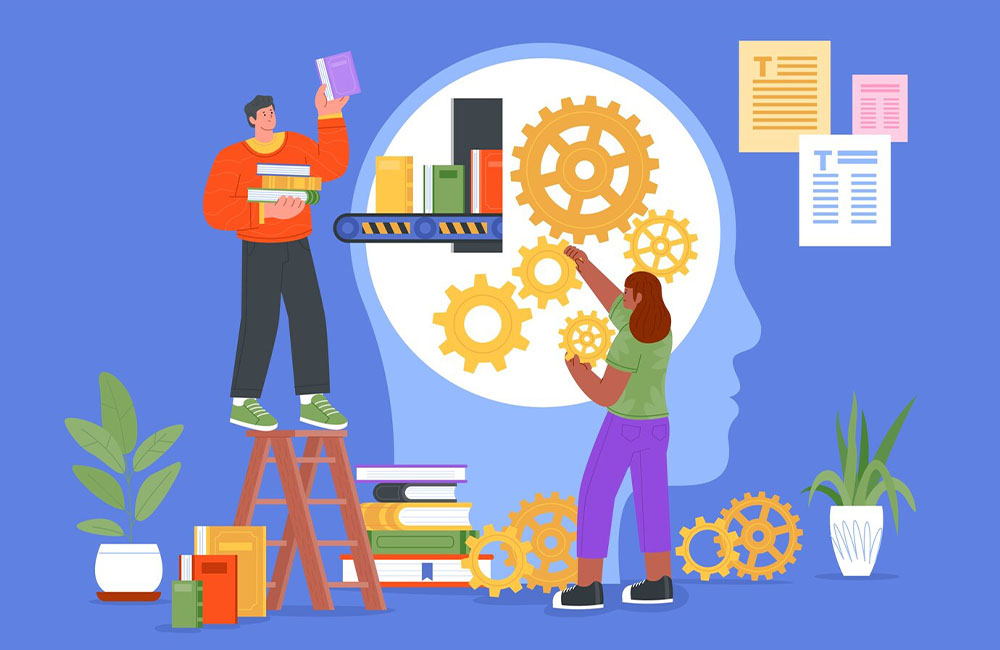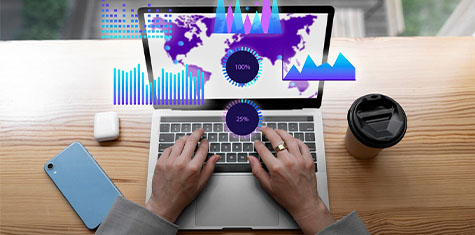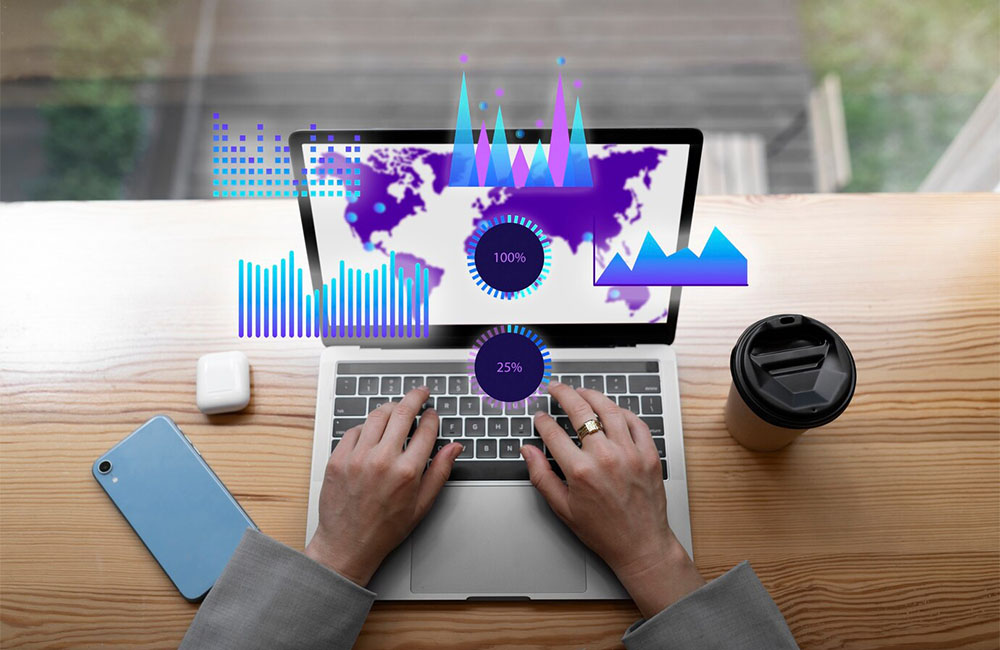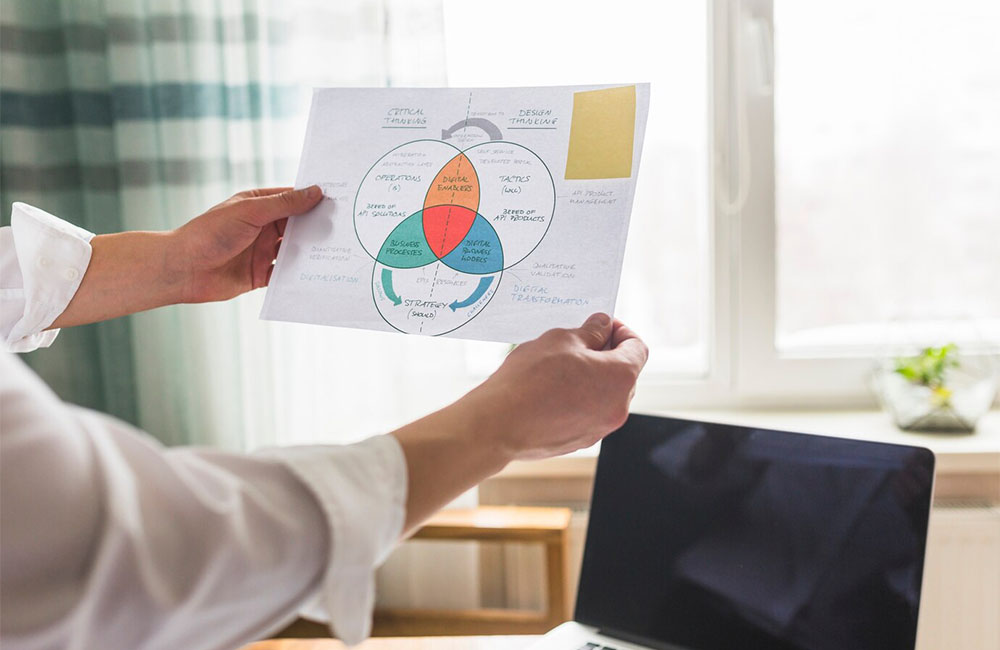Having an online presence for businesses is no longer an option; it is more of a requirement these days. Social media is used by businesses of all sizes to increase their online presence, get followers, and communicate with their target consumers. With this, it is safe to assume that you will no longer find any business these days that are not on social media.
However, whether you’re just getting started or a seasoned veteran, there’s always room for growth. So, here are 4 easy reminders to help you boost your social media game and market your brand successfully.

Neuro-Marketing: Decoding the Brain to Drive Deeper Consumer Engagement
- May 21, 2024
Traditional marketing often relies on educated guesses about what resonates with consumers. But what if you could peek inside the human brain and understand the subconscious triggers that influence buying decisions? This is the promise of neuromarketing, a burgeoning field that applies neuroscience to understand and influence consumer behavior.
Unveiling the Consumer Mind
Neuromarketing leverages various techniques to explore the brain’s response to marketing stimuli, such as advertising, packaging, and product design. Some common tools include:
fMRI (functional magnetic resonance imaging): Creates detailed pictures of brain activity, revealing which areas are stimulated by marketing materials.
EEG (electroencephalography): Measures electrical activity in the brain, indicating emotional responses to marketing messages.
Eye-tracking: Monitors eye movements, providing insights into what captures attention on websites and advertisements.
By analyzing these measurements, marketers gain valuable insights into:
Emotional Triggers: Identifying which elements evoke positive emotions like happiness, trust, or excitement can be crucial for building brand connections.
Attention Grabbing Techniques: Understanding how the brain processes visual information allows for creating marketing materials that stand out and capture attention in a crowded marketplace.
Decision-Making Processes: Neuromarketing can shed light on the subconscious influences that drive purchase decisions, enabling marketers to craft more persuasive messaging.
The Benefits of Neuro-Marketing for Engagement
So, how does this translate into enhanced consumer engagement? Here are some key benefits:
Crafting Compelling Content: By understanding how the brain processes information and responds to emotions, marketers can create content that resonates on a deeper level, sparking curiosity and encouraging interaction.
Optimizing User Experience: Neuromarketing can reveal how website layouts and user interfaces influence navigation and decision-making. This knowledge allows for designing user journeys that are intuitive and promote engagement.
Personalized Marketing: By understanding individual brain responses, marketers can tailor messaging and product recommendations to specific customer segments, creating a more personalized and engaging experience.
Building Brand Loyalty: Emotional connections forged through effective neuromarketing strategies can foster brand loyalty and encourage repeat purchases.
Ethical Considerations in Neuro-Marketing
While the potential of neuromarketing is undeniable, ethical considerations are crucial. Critics argue that manipulating consumer behavior without their knowledge can be intrusive and exploitative. Transparency and responsible use of neuromarketing techniques are paramount.
Here are some ethical considerations for businesses venturing into neuromarketing:
Informed Consent: If consumers are involved in neuromarketing studies, their informed consent should be obtained.
Transparency: Consumers should have the right to know if neuromarketing techniques are being used to influence their behavior.
Avoiding Manipulation: Neuromarketing should be used to create a positive and engaging experience, not to manipulate consumers into making decisions that are not in their best interests.
The Future of Neuromarketing
Neuromarketing is a rapidly evolving field with the potential to revolutionize how brands connect with consumers. As technology advances and ethical considerations are addressed, neuromarketing can become a powerful tool for creating truly engaging and impactful marketing experiences.
Related articles
Contrary to popular belief, Lorem Ipsum is not simply random text. It has roots in a piece of classical Latin literature from 45 BC, making it over 2000 years old.




